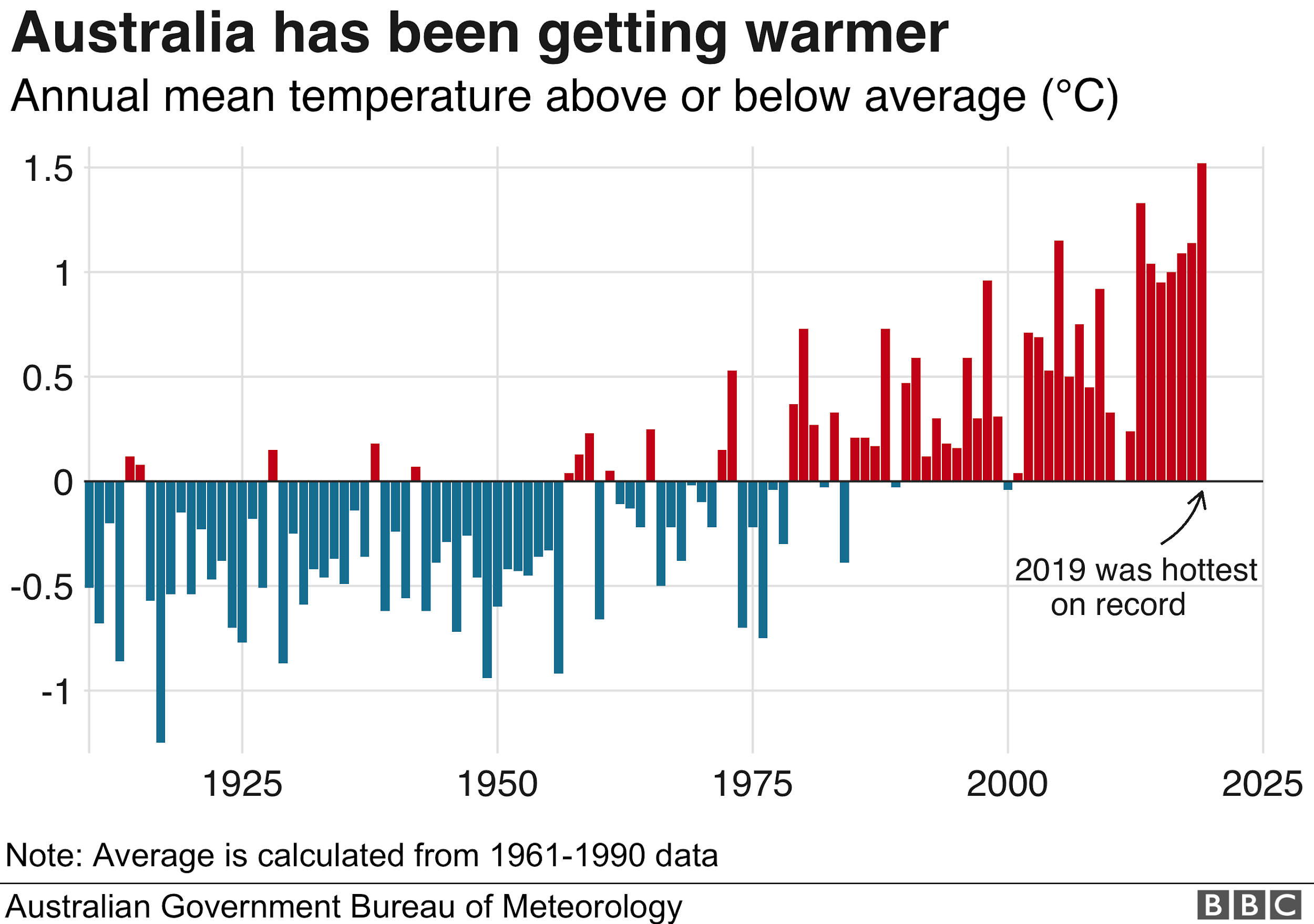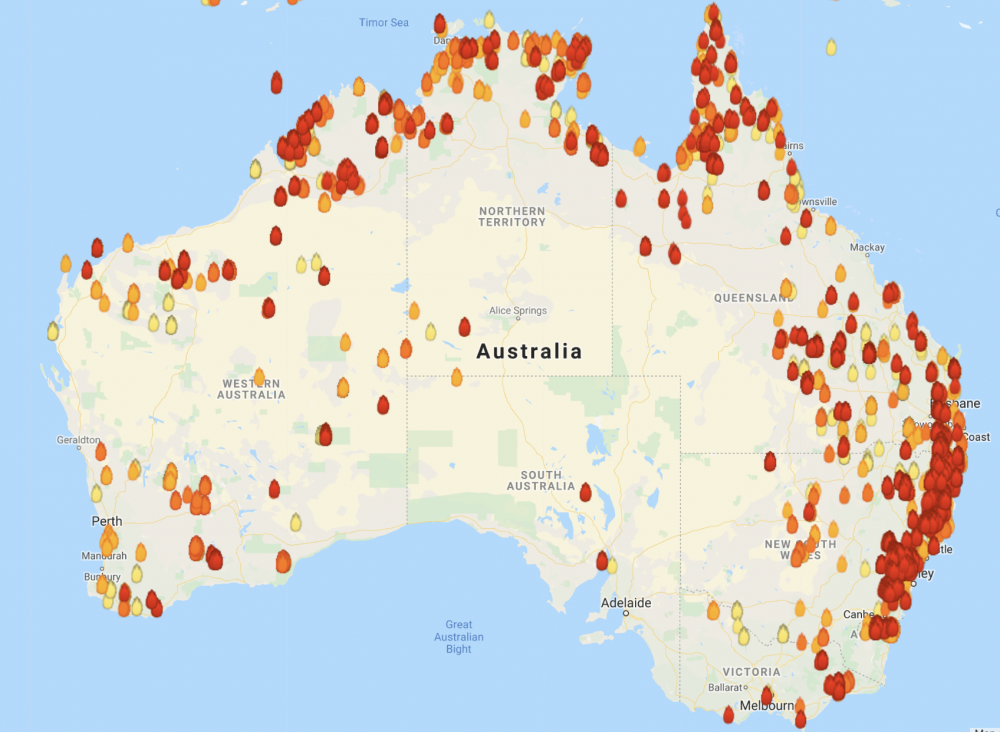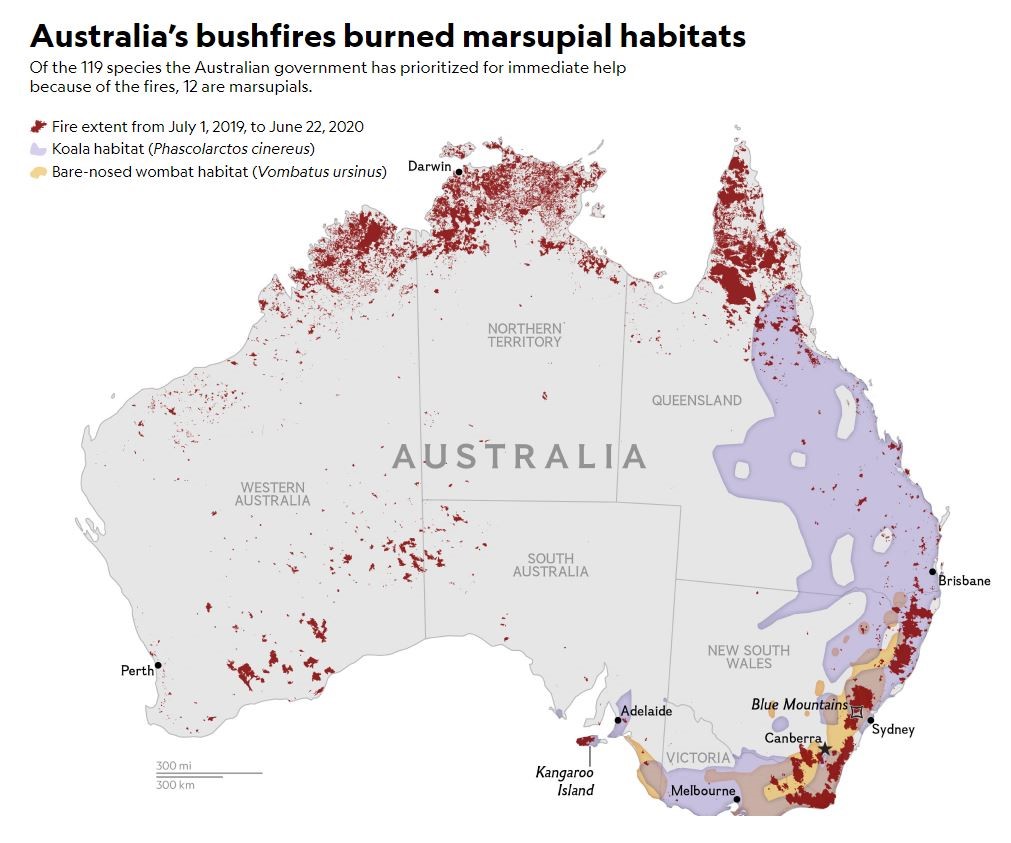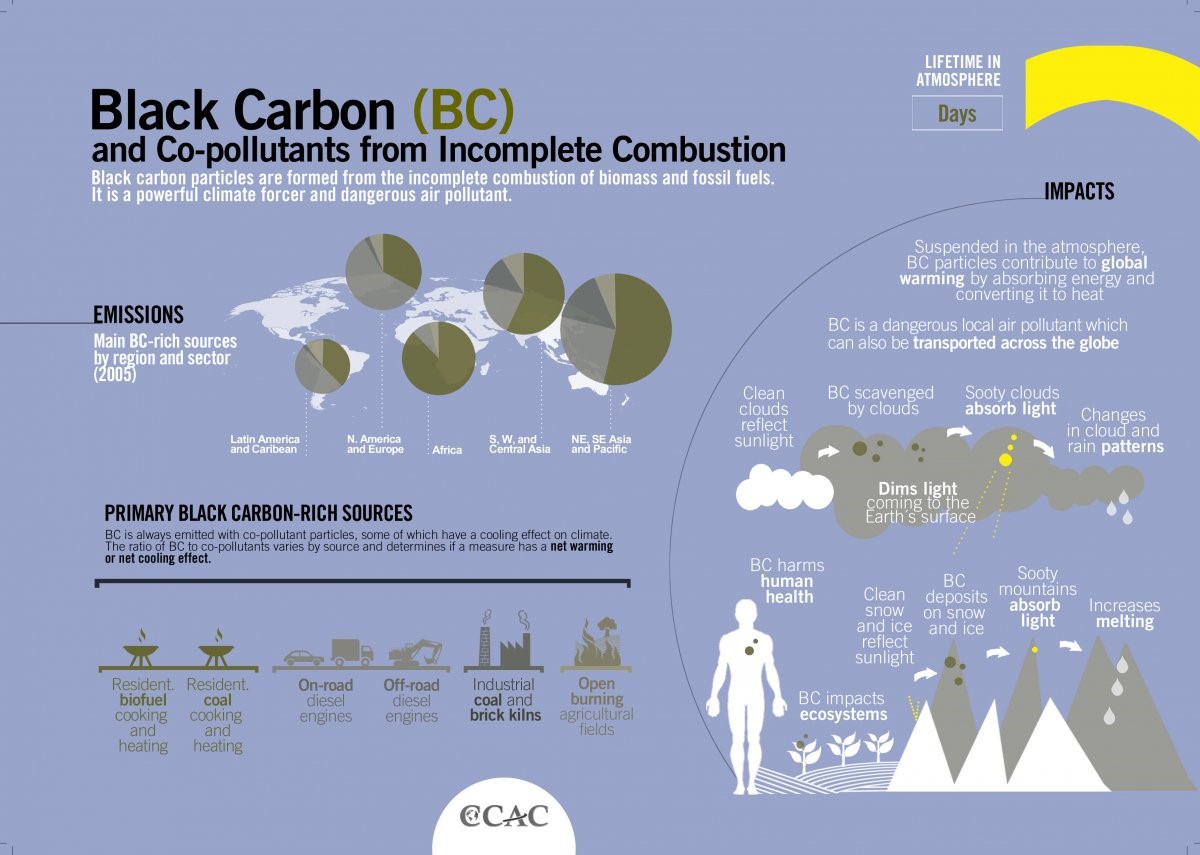The 2019-2020 Australian bushfires, were concurrent with record-breaking temperatures, months of severe drought, and disastrous ecosystem and biodiversity loss. An estimated 186,000 km2 was burnt, nearly 3000 homes were lost and at least 34 people were killed in an ostentatious manifestation of climate change.
—
Climate Change and Bushfires
Australia broke its all-time temperature record twice in December. An average maximum of 40.9C was recorded on 17 December, broken a day later by 41.9C, both beating 2013’s record of 40.3C.

It is difficult to attribute any one event to climate change. However, when looking at the mean 1°C shift over 100 years, and the exceptional drought and heat Australia has experienced in the past year, climate change’s fingerprint is clear.
Andy Pittman, a climate scientist at the UNSW in Sydney, says climate change definitely contributed to the violence of the wildfires. While some insisted that arson was the major cause of this disaster, Pittman and other scientists maintained that regardless of the trigger, the fires would not have spread so fast and become so hard to put out without the fingerprints of climate change. Record heat, unprecedented drought, lack of rain — all these were catalysts for this ecological disaster.
The map below illustrates the spatial distribution of wildfires, with the red color representing the most serious and long-lasting wildfires.

Mapping 2019-2020 Australian Bushfires. Source: MyFireWatch, Center for Disaster Philanthropy.
Endangered Species
In 2019 and early 2020, the fires scorched more than 186,000km² of vegetation that was home to at least 832 native animal species. Over a billion animals may have died in the blaze, according to an estimate by an ecologist at the University of Sydney.
Scientists estimated 25,000 koalas were killed when flames devastated Kangaroo Island in South Australia. Many of those that survived the flames subsequently died from dehydration, starvation, smoke inhalation, and other hazards. Drought is also drying up creeks and rivers, negatively affecting species that rely on them for hydration.
The map below demonstrates the extent of habitat loss for koalas and wombats caused by extreme and wide-spreading bushfires.

Mapping the loss of Koala and Wombat habitats due to wildfires. Source: National Geographic
The COVID-19 pandemic abruptly halted most recovery efforts in saving the wildlife. Despite the Australian government’s identification of 119 species in need of urgent help, scientists cannot reach the imperiled animals’ habitats due to travel restrictions and city lockdown.
Air Pollution from Bushfires
Bushfires produce particulate-matter pollution – airborne particles that are small enough to enter and damage human and animal lung tissue alike. The 2019 wildfire episode impoverished Canberra’s air quality to the point where it was rated third worst among major global cities by AirVisual.

Serious smoke pollution in major Australian cities during the 2019-2020 bush fire season. Source: Nasa
The Spread of “Black Carbon”
Open fires are a strong source of “black carbon”, a major component of particulate matter and a product of incomplete combustion. Despite its one to two week lifetime, it has far-reaching effects on the climate. First, it absorbs and radiates heat from the sun 400 to 1500 times more powerfully than CO2. Second, wind currents carry smoke plumes over 7000 miles, allowing black carbon to create deposits on ice caps, reducing albedo by darkening the color and accelerating melt.

Smoke caused by bushfires spreading over 7000 miles across the south Pacific (January 2020). Source: Nasa
These small particles also interfere with cloud formation and stability, further exacerbating climate change driven weather shifts. Finally, with a diameter of ~2.5 micrometers (a human hair’s diameter is 50 to 70 micrometers), black carbon easily infiltrates deep alveolar cavities in our lungs and hampers oxygen fixation.

Sources and effects of black carbon. Source: Climate and Clean Air Coalition.
Spectacular climate change-driven events like the Australian bushfires are a reminder that it is important to trust our scientists and take preventive action, rather than wait for the fireworks. Many other changes are happening gradually and discretely, and we cannot wait for visible consequences before taking the initiative.
You might also like: Pandemic Map: The Spanish Flu.
This article was written by Monique Wong and Owen Mulhern.










![The Statistics of Biodiversity Loss [2020 WWF Report]](https://u4d2z7k9.rocketcdn.me/wp-content/uploads/2020/12/lprwinkyTHB-544x306.jpg)





